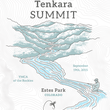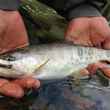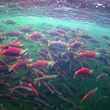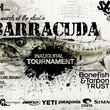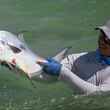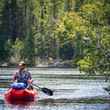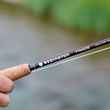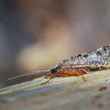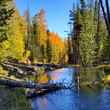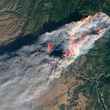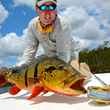Autumn, to many, conjures up images of heading to the stream on a brisk, sunny day in search of big brown trout. Whether you're a seasoned fly fisherman or a beginner, the often low, gin clear waters of autumn present numerous challenges for the angler. Being prepared and having a game plan in place before you hit the water increases your chances of success. Following are 3 good reads to help you get ready for stalking big browns this fall.
Late Summer and Early Autumn Browns
The always insightful Kent Klewein of Gink & Gasoline offers up some advice on how to make the most of late summer and early autumn terrestrial fishing, including information on how holding patterns change for trout as the season progresses. Be sure to check out Kent's thoughts to make sure you're not overlooking water that you should be fishing.



